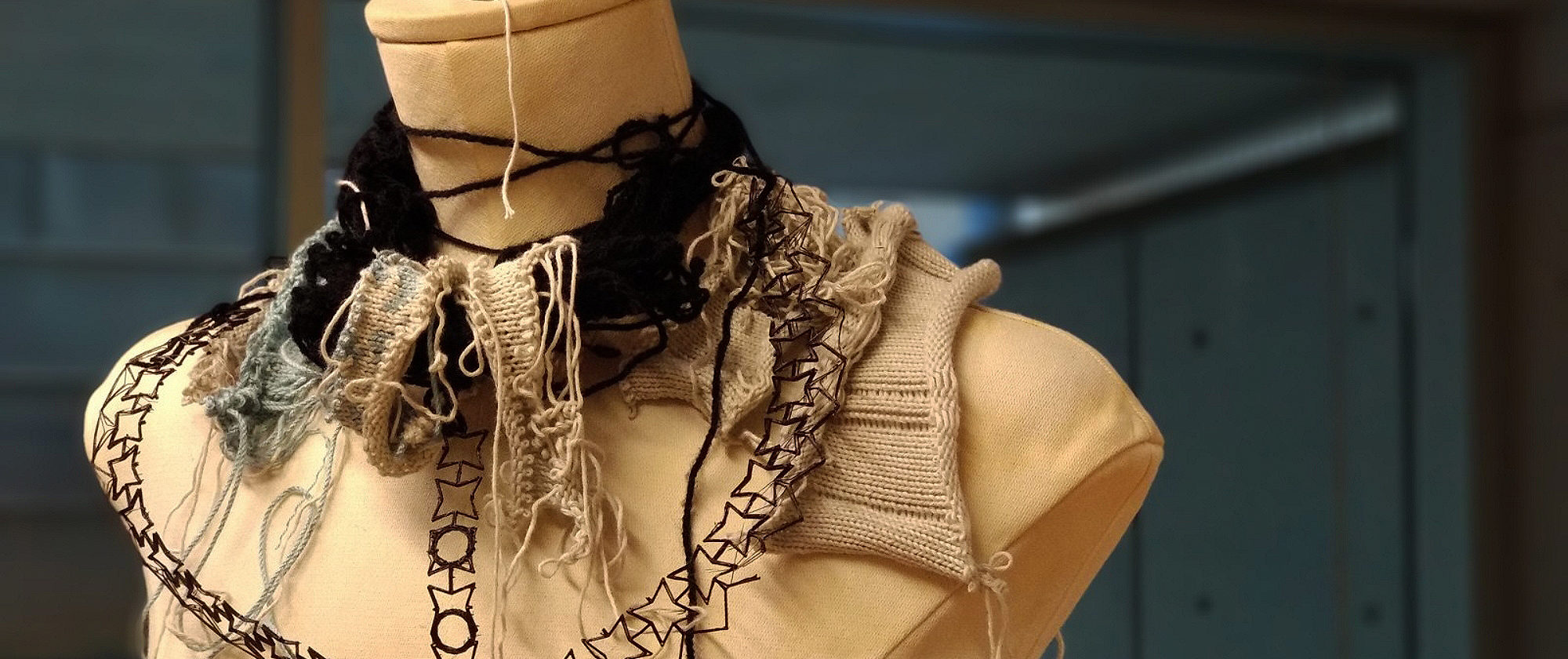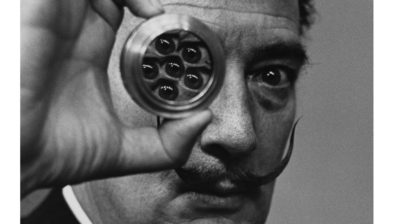Since May 2019, the fashion designer Carolin Vogler has become a resident of the Barcelona Biomedical Research Park (PRBB). At first glance, it seems fashion and science are not connected at all. However, the designer shows us, through her residence at the Centre for Genomic Regulation (CRG), that both disciplines not only converge in more aspects than we can imagine, but can complement each other perfectly.
Vogler’s residency at the CRG, as well as that of 19 other European artists in different resarch centres, is possible thanks to the STARTS Residencies (Science, Technology and the ARTS) initiative, funded by the European Comission research and innovation program H2020. STARTS believes in the convergence between science and art, supporting artistic residences that contribute to scientific projects – in the case of Carolin Vogler, the program has awarded her €15,000.
“It has been a great experience. I have been assigned a different researcher every day, and I basically shadowed them, following them the whole day around. I was surprised to see how diverse the research work is. Everyone is working on different things even though they all are in the same lab or project.”
Carolin Vogler
“Inside-Out: Knitted DNA, Chromatin Structures Visualised as Knitted Fashion Pieces” is the project granted to the fashion designer resident at the CRG. To accomplish it, she is collaborating closely with the researchers involved in the UE ChromDesign project, whose aim is to characterise how 3D chromatin organisation affects gene regulation during cellular differentiation and in several human disorders.
The main goal of Vogler’s project is to create textile pieces from the genetic information stored in our cells. To achieve this, the designer seeks to imitate the process of DNA replication through her weaving machine. Indeed, like the cellular replication machinery, a weaver reads and replicates patterns. Visitors to the final exhibition, which will take place in early 2020, will be able to visualize, through the pieces created by the German designer, the genetic information stored in the chromosomes.
“I like the fact that I will create something you can actually touch, from a very intangible scientific idea. I also hope it will help people understand better what is inside us. Now that I am learning some things about our genome, I think it is a bit sad that, in general, people don’t know about something that affects so much how and who we are.”
In order to know a little more about the artist and her work, we have shadowed Vogler on her daily routine at the CRG.







